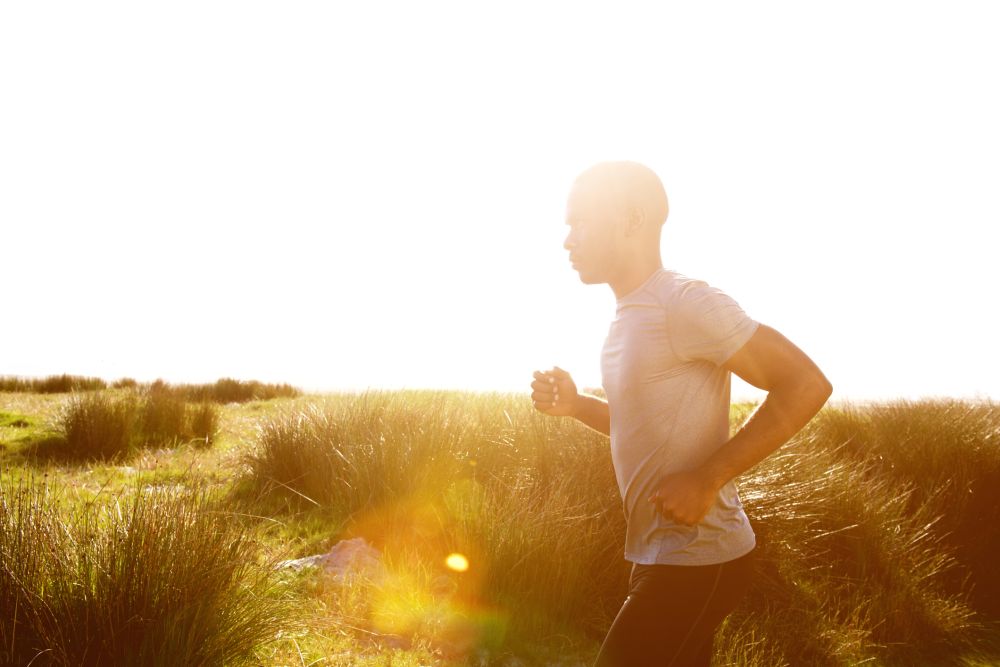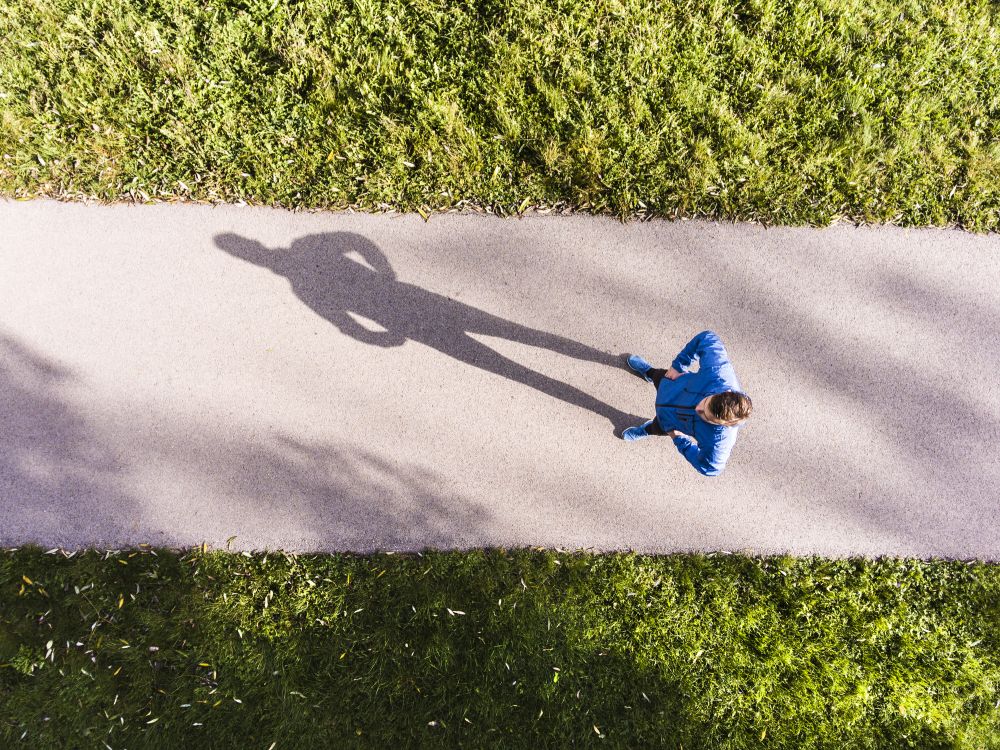10 tips to beat the summer heat
Stay safe this summer with these strategies for keeping cool
 Photo by:
Unsplash/Pablo Garcia Saldana
Photo by:
Unsplash/Pablo Garcia Saldana
As June winds down and Canada Day approaches, temperatures are going to start climbing. While many of us may prefer the hot weather to frigid winter conditions and trudging through snow, running during the scorching summer heat requires careful planning and consideration to ensure both performance and safety. Here are some valuable strategies you can use to maintain your training regimen through the challenges posed by hot weather.
Plan your runs
Plan your runs during the cooler parts of the day, such as early morning or late evening, to avoid peak heat hours. Choose shaded routes or areas with a breeze (such as next to a body of water, if you live near a lake or the coast) to take advantage of cooling effects. Instead of doing one long, continuous run, consider breaking it into two shorter sessions during the cooler parts of the day.

Select a cooler route
If you have a longer run on the schedule, instead of running one big loop, consider choosing a short loop that you run several times. This allows you to return to your home or start point multiple times throughout the run, where you can grab water or take a break if you need it. (You could even stash a few water bottles at strategic locations along a 5-km or shorter loop.)
Hydrate
Being properly hydrated starts well before you head out for your run. Make sure you drink adequate water throughout the day, before, during and after your runs and carry a water bottle or plan water breaks along your route. Consider consuming electrolyte-rich fluids to replenish salt lost through sweat, and avoid caffeinated or alcoholic beverages, as they can contribute to dehydration.
Dress for the heat
Now is not the time to run in those old cotton race T-shirts. Opt for lightweight, breathable, and moisture-wicking (i.e. technical) clothing that allows air circulation and promotes sweat evaporation. Always wear a hat and sunglasses for additional protection from the sun, and apply sunscreen at least 20 minutes before heading out.

Modify your expectations
In the same way that cold temperatures and icy conditions can slow you down in the winter, running in high temperatures can also impact your performance. Listen to your body and adjust your pace accordingly, and don’t expect to break any records when the temperatures soar. Slowing down and focusing on effort level rather than pace can prevent overheating and exhaustion, which could be dangerous for your health and sideline your training plan.
Take breaks and seek shade
If you feel excessively hot or fatigued, don’t try to be a hero–take walk breaks or find shaded areas to rest. This can help lower your body temperature and prevent heat-related illness.
Cross-train and modify workouts
Rather than run in the extreme heat day after day, consider swapping your runs for other activities, like swimming, pool-running or indoor cycling. As a bonus, this can reduce the strain on your body to prevent injuries before we head into fall racing season.
Monitor your body
Be attentive to the warning signs of heat-related illnesses, including dizziness, nausea, cramps, headaches or excessive fatigue. If you experience any symptoms, stop running, find a cool place, and seek medical attention if necessary.
Use cooling strategies
Remember during the Tokyo Olympic Marathon, when all of the runners were putting bags of ice under their hats and in their sports bras and shirts? Take advantage of cooling techniques like wetting your head, neck, or wrists with cold water, using cooling towels, or running in proximity to water sources like fountains or sprinklers.

Leave Fido at home
If you typically enjoy running with your dog, consider different ways to bond with your pet during the hot summer months. Since dogs don’t sweat, it’s very difficult for them to cool themselves down efficiently while running, and they can easily overheat. Take them out for nice long walks in the early morning or after the sun goes down, and save the running for when the temperatures start to cool off again in the fall.
Remember, it’s essential to prioritize safety and adjust your running routine based on the severity of the heat. Pay attention to the weather forecast, and don’t put pressure on yourself to perform the way you would in more temperate conditions. By implementing these strategies, you can continue your training while minimizing the risks associated with the summer heat.


